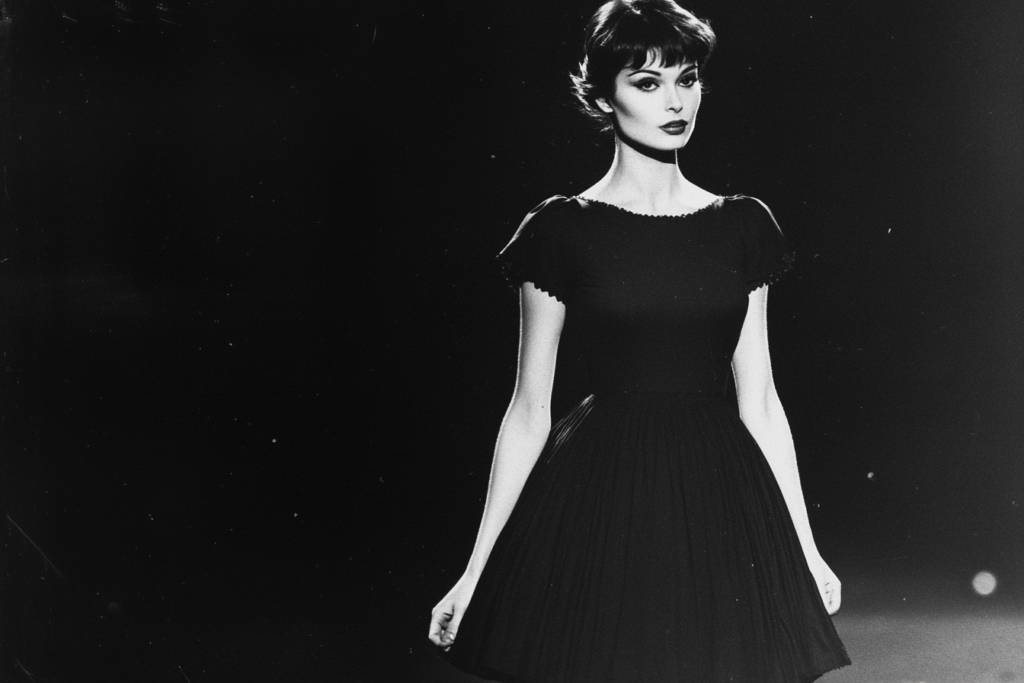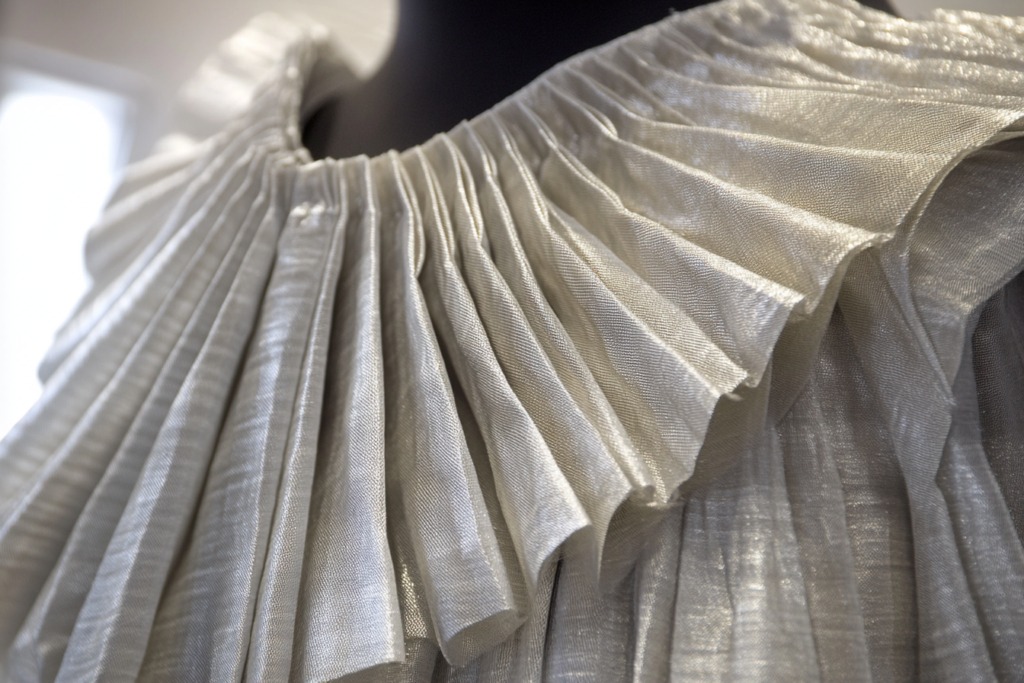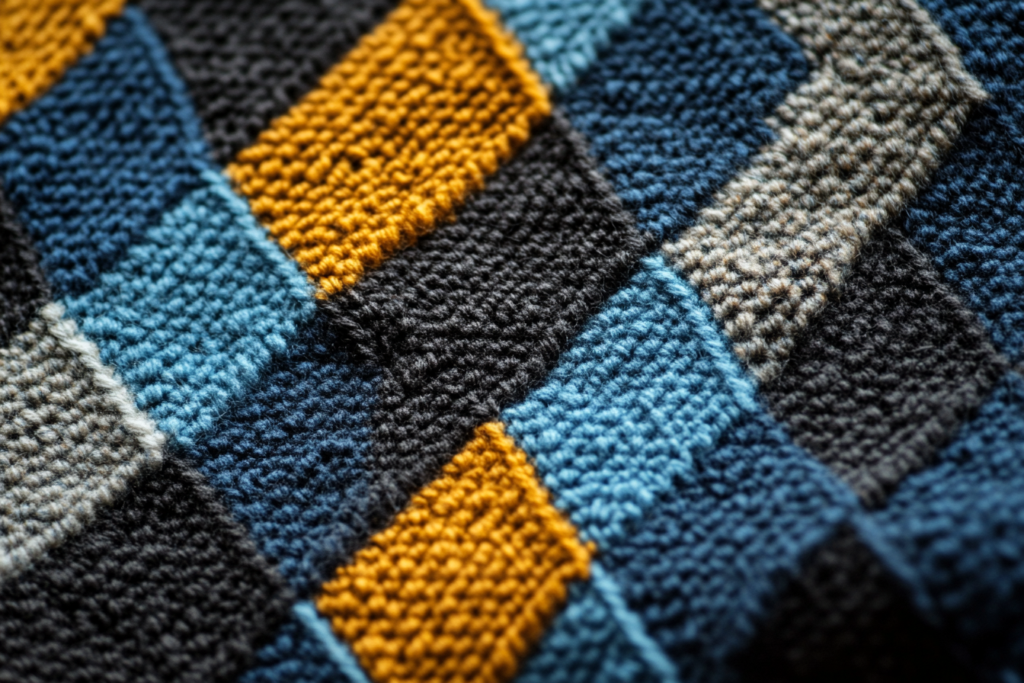Trapeze Dress: The Revolutionary Silhouette of the Late 1950s
Meta Description: The trapeze dress, first designed by Yves Saint Laurent in 1958, is a knee-length dress with exaggerated volume, narrow shoulders, and a flared hem. Learn about this iconic design and its impact on fashion history.
What is a Trapeze Dress?
The trapeze dress is a knee-length dress that was first introduced by Yves Saint Laurent in 1958. Characterized by narrow shoulders and a gradually widening hem, this silhouette creates a dramatic, voluminous look that was a stark departure from the fitted styles that dominated fashion at the time. The name “trapeze” comes from the trapezoidal shape of the garment, which features a narrow top that flares outward toward the hem, creating an inverted triangle shape.
This dress became an iconic design of the late 1950s and early 1960s. Its modern, youthful, and relaxed style offered a stark contrast to the more structured and formal fashions of the past, and it quickly became a symbol of freedom and ease in fashion.
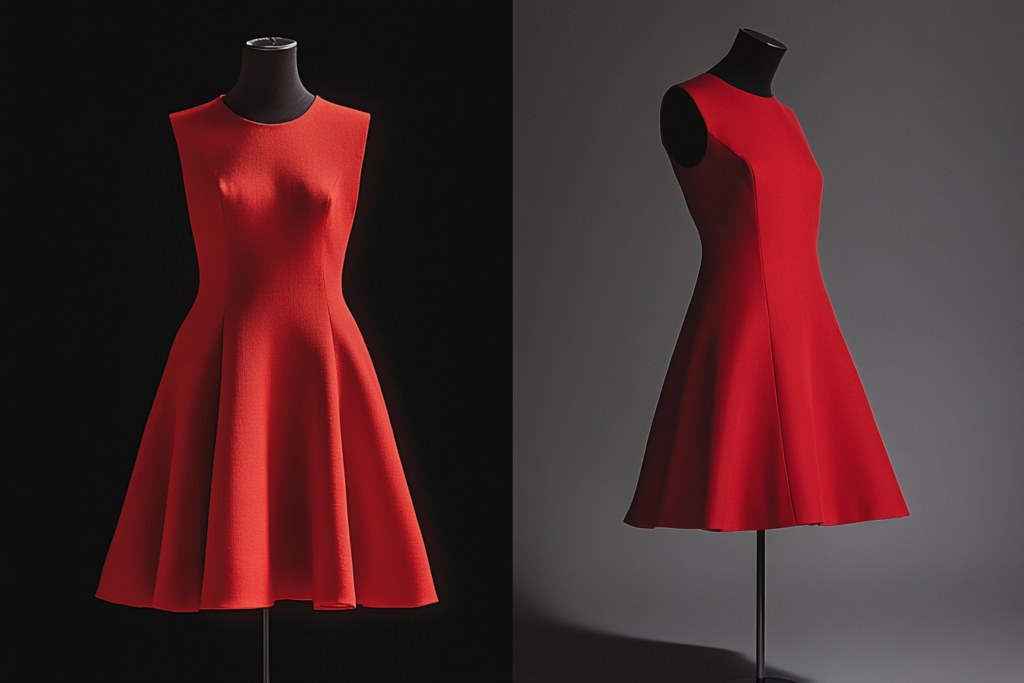
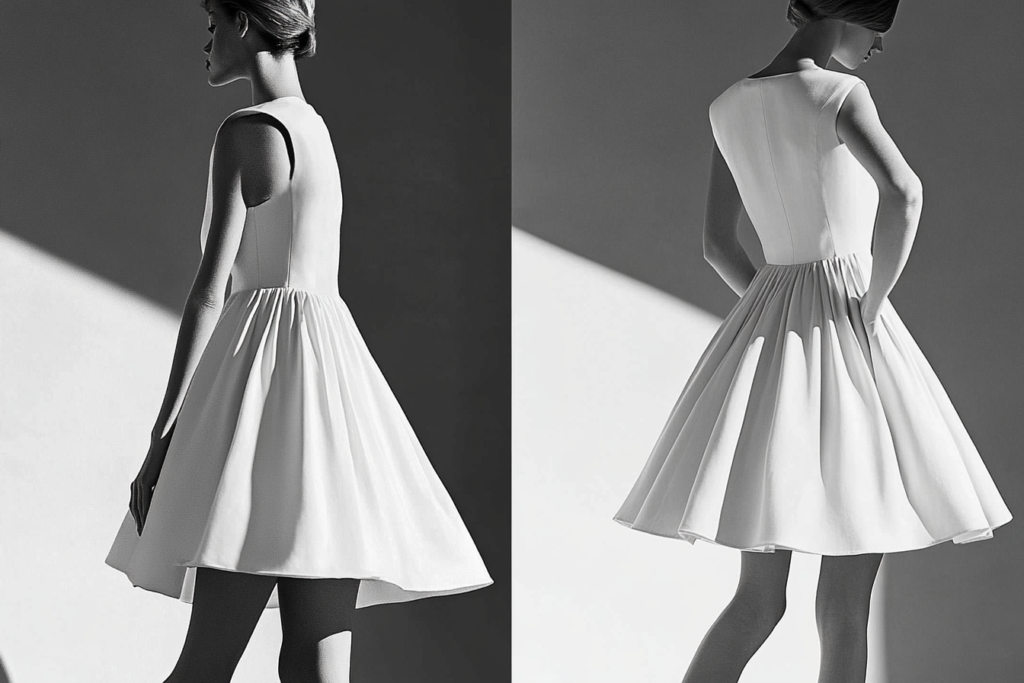
History of the Trapeze Dress
The trapeze dress was created by Yves Saint Laurent, a French fashion designer, in 1958 during his tenure at Christian Dior. Saint Laurent was tasked with creating a collection for the House of Dior, and he introduced the trapeze dress as part of his spring/summer collection.
The design was revolutionary at the time for several reasons:
- It was a stark departure from the narrow-waisted, full-skirted designs that had previously dominated the fashion scene.
- The trapeze dress was characterized by a fluid, voluminous silhouette that allowed for movement and comfort.
- The 1950s were marked by structured designs, but Yves Saint Laurent’s trapeze dress offered a more relaxed and youthful alternative, leading the way for the mod fashion movement in the 1960s.
It wasn’t just about aesthetics; the trapeze dress also symbolized a new era of fashion, one that emphasized freedom of movement, comfort, and individuality. The dress was seen as both modern and forward-thinking, and it marked a significant shift from the more rigid fashion ideals of the time.
Key Features of the Trapeze Dress
✔ Narrow Shoulders: The dress fits closely at the shoulders and bust, creating a sense of structure at the top.
✔ Flared Hemline: The dress gradually widens from the shoulders down to the hem, creating a flared and A-line shape.
✔ Knee-Length: Typically cut at or slightly above the knee, the trapeze dress has a flattering and youthful length.
✔ Exaggerated Volume: The dress has a voluminous feel, giving the wearer freedom of movement and a dramatic look.
✔ Simple Design: Often free from excessive embellishments, the trapeze dress focuses on the boldness of its shape rather than intricate details.
Why is the Trapeze Dress Significant?
1. A Break from the Past
- The trapeze dress was introduced as a revolutionary departure from the structured, hourglass shapes that defined 1940s fashion. Prior to this, cinched waists and form-fitting garments were dominant, emphasizing the curves of the female body. The trapeze dress, on the other hand, celebrated freedom and ease, allowing for movement without constriction.
2. The Birth of Modern Fashion
- Yves Saint Laurent’s trapeze dress marked a pivotal moment in the transition from the formal fashion of the mid-20th century to a more relaxed, youthful, and modern approach. This dress represented a break from the rigid structures of the past and set the tone for 1960s fashion, which embraced more natural, comfortable, and dynamic styles.
3. A Feminine, Yet Functional Silhouette
- The trapeze dress not only exuded femininity but also functionality. Its loose, comfortable fit allowed women to move freely, making it suitable for everyday wear as well as casual and semi-formal events. The dress became a favorite for women who sought style without sacrificing comfort.
4. Timeless Appeal
- Despite its origins in the late 1950s, the trapeze dress has endured through the decades. Its simple yet flattering shape makes it a timeless classic in fashion, frequently reimagined in contemporary collections for both casual and formal occasions.
How to Style a Trapeze Dress
The trapeze dress offers a wide range of styling possibilities, making it versatile for different occasions. Here’s how to wear it:
1. Casual Day Look
- Pair with Sneakers or Flats: For a laid-back, everyday style, pair the trapeze dress with casual shoes like sneakers or flats. This gives the outfit a relaxed and comfortable vibe.
- Add a Denim Jacket: Throw a denim jacket over the dress for a chic and casual look that’s perfect for day outings or weekend errands.
- Minimal Accessories: Keep accessories simple with a wide-brimmed hat or simple jewelry.
2. Evening Look
- Heels and Statement Jewelry: For a more formal or evening look, pair the trapeze dress with elegant heels and statement jewelry, such as bold earrings or a chic clutch.
- Belt for Definition: Add a belt at the waist to create a bit of definition while still maintaining the dress’s signature voluminous shape.
- Shimmery Fabrics: Choose a trapeze dress made of shimmery or metallic fabrics for a glamorous look suitable for a cocktail party or night out.
3. Vintage-Inspired Style
- The trapeze dress is closely associated with vintage fashion, so pairing it with retro accessories like cat-eye sunglasses, vintage heels, or a headscarf can enhance the retro look.
- Bold Prints or Colors: Opt for bold prints like polka dots or floral patterns for a true vintage vibe.
Trapeze Dress vs. A-Line Dress
While the trapeze dress and A-line dress share some similarities in their shape, they differ in how they fit and flare. Here’s a comparison:
| Feature | Trapeze Dress | A-Line Dress |
|---|---|---|
| Shape | Narrow shoulders with a gradual flare to the hem | Fitted at the waist and gradually flares to the hem |
| Volume | Exaggerated volume from the bust down, creating a dramatic flare | Moderate volume, with a more subtle flare from the waist down |
| Length | Typically knee-length or slightly above | Can vary from short to knee-length or floor-length |
| Style | Often loose-fitting, giving more freedom | Typically more structured with defined waistlines |
| Ideal For | Casual or semi-formal occasions, providing comfort and style | Versatile, often worn for both casual and formal wear |
Related Dresses: Other Iconic Silhouettes in Fashion
1. Shift Dress
- The shift dress is another iconic 1950s-1960s silhouette that shares similarities with the trapeze dress. The shift dress is a loose-fitting garment that hangs straight from the shoulders, offering a clean, minimalist shape. It’s an excellent alternative for those looking for a more structured but comfortable look.
2. Empire Waist Dress
- The empire waist dress features a high waistline just below the bust, creating a flowing silhouette. Similar to the trapeze dress, the empire waist design allows for ease of movement and can be particularly flattering for various body types.
3. Flapper Dress
- Popularized in the 1920s, the flapper dress is a loose, drop-waist dress that often incorporates beaded or fringe details. While it differs in shape, the ease of movement and freedom it provides make it a forerunner to the more relaxed fit seen in trapeze designs.
Illustration of the Trapeze Dress
Below is an illustration of the trapeze dress, showing the narrow shoulders and the gradual flare that starts from the waist and widens toward the hem. The design is both youthful and elegant, perfect for modern women seeking comfort and style.
Conclusion: The Enduring Appeal of the Trapeze Dress
The trapeze dress remains an iconic and revolutionary design that transformed fashion in the late 1950s. Yves Saint Laurent’s creation changed the way women thought about fit and comfort in fashion, bringing a sense of freedom and ease to formalwear. Today, the trapeze dress continues to inspire designers and is a timeless piece that can be styled for casual, formal, or vintage-inspired looks.
With its flattering shape and comfort-focused design, the trapeze dress is a must-have for any wardrobe, embodying both elegance and functionality.
